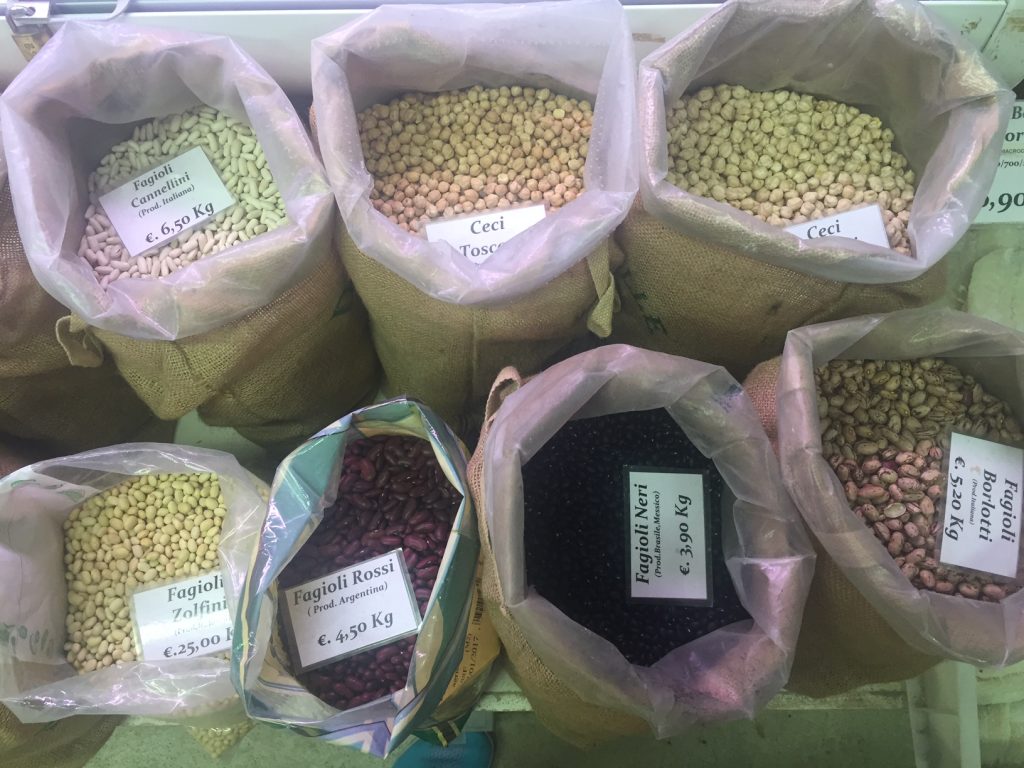
Visit any market around the world, and you’re likely to see bins of beans and grains. But there’s a growing buzz about the lectins in these foods. Are lectins the new gluten? Here are 5 things you need to know.
1. Lectins are a family of proteins that bind to carbohydrates. Lectins are found in all foods, but are most concentrated in legumes and grains. Uncooked, raw legumes such as red and white kidney beans are one of the biggest sources of lectins. Lectins help protect plants from attacks by pests and insects.
2. Lectins aren’t easily digested, so they pass through the stomach and into the gut where they may “stick” to the gut wall. Eating high amounts of lectins may damage the lining of the gut, potentially causing digestive issues. For example, eating RAW or undercooked or improperly cooked kidney beans can lead to vomiting, diarrhea and abdominal pain.
3. Some people, such as those with Crohn’s disease or inflammatory bowel syndrome, may be more sensitive to lectins. If you have these conditions, speak to a Registered Dietitian to determine the amount of lectins that will minimize any symptoms or flare-ups.
4. Cooking eliminates almost all of the lectins in foods. Boiling legumes and grains in water for example is an easy way to get rid of lectins. Soaking beans, sprouting seeds and grains, and fermenting foods are other ways to lower the lectin content of foods. Canned beans have very low lectin levels due to the canning process.
5. Remember that many lectin-containing foods also provide important nutrients. Grains offer B vitamins, iron and fibre. Legumes offer protein, fibre, iron and zinc. Instead of going on a lectin-free diet, cook your grains and legumes, and enjoy!